After Image - ما بَعد الصورة
Solo exhibition - 5.12.2025 - 11.01.2026 Galerie GLASKASTEN
In After Image, personal memories intertwine with the traces of collective history. From damaged photographs, digital fragments, and archival material emerge quiet, multilayered narratives of loss, migration, and the persistence of the past. Hameed explores how destruction and memory inscribe themselves into images, and how new forms of visibility can arise from these traces. His works move between documentation and poetry, between intimacy and distance, opening up a space in which the invisible becomes perceptible.
The exhibition After Image examines what remains of the image when its surface is damaged, erased, or altered. What comes after the image? And how do memories take material form?
exhibition views ©Michele Scognamillo

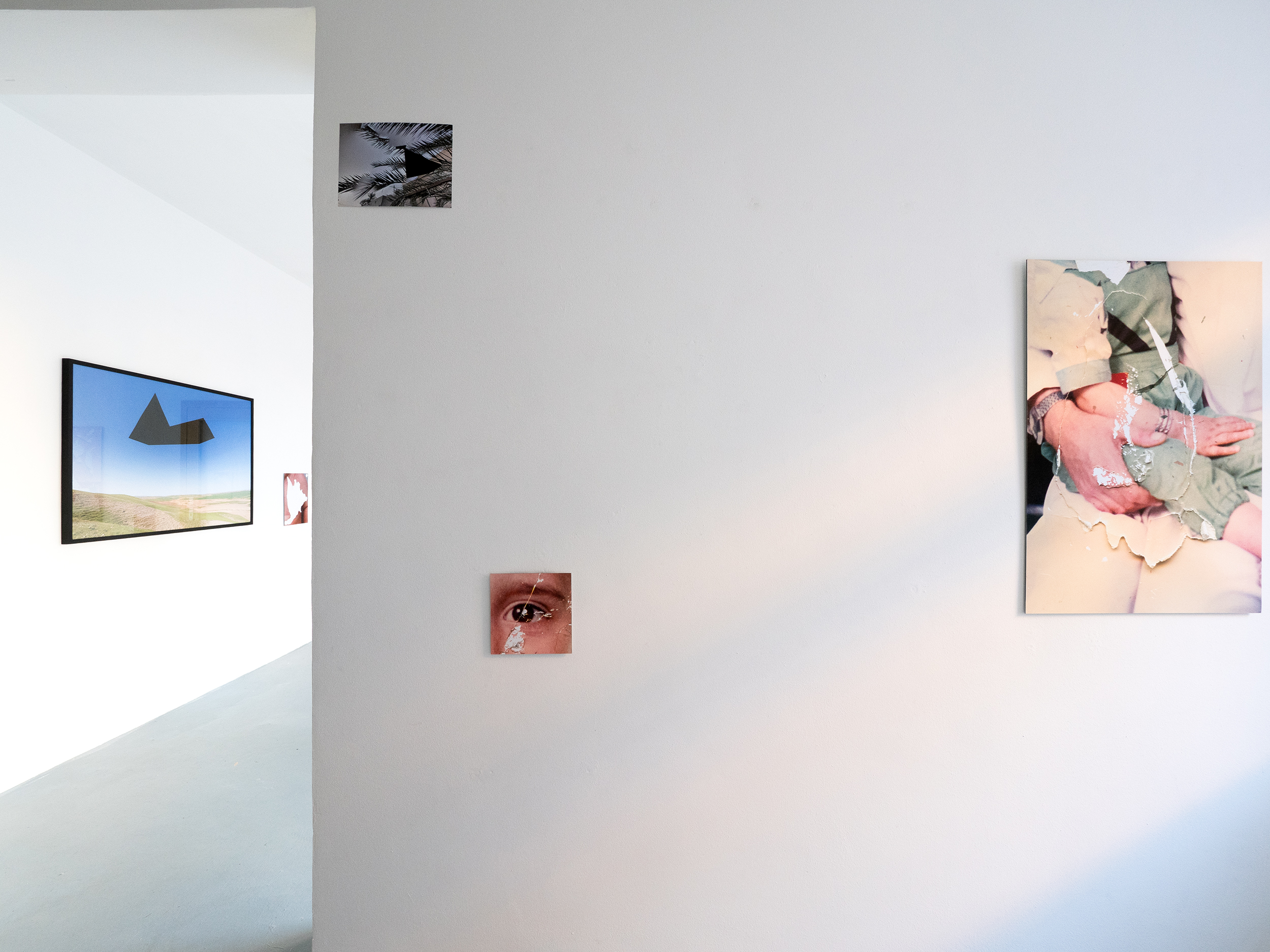




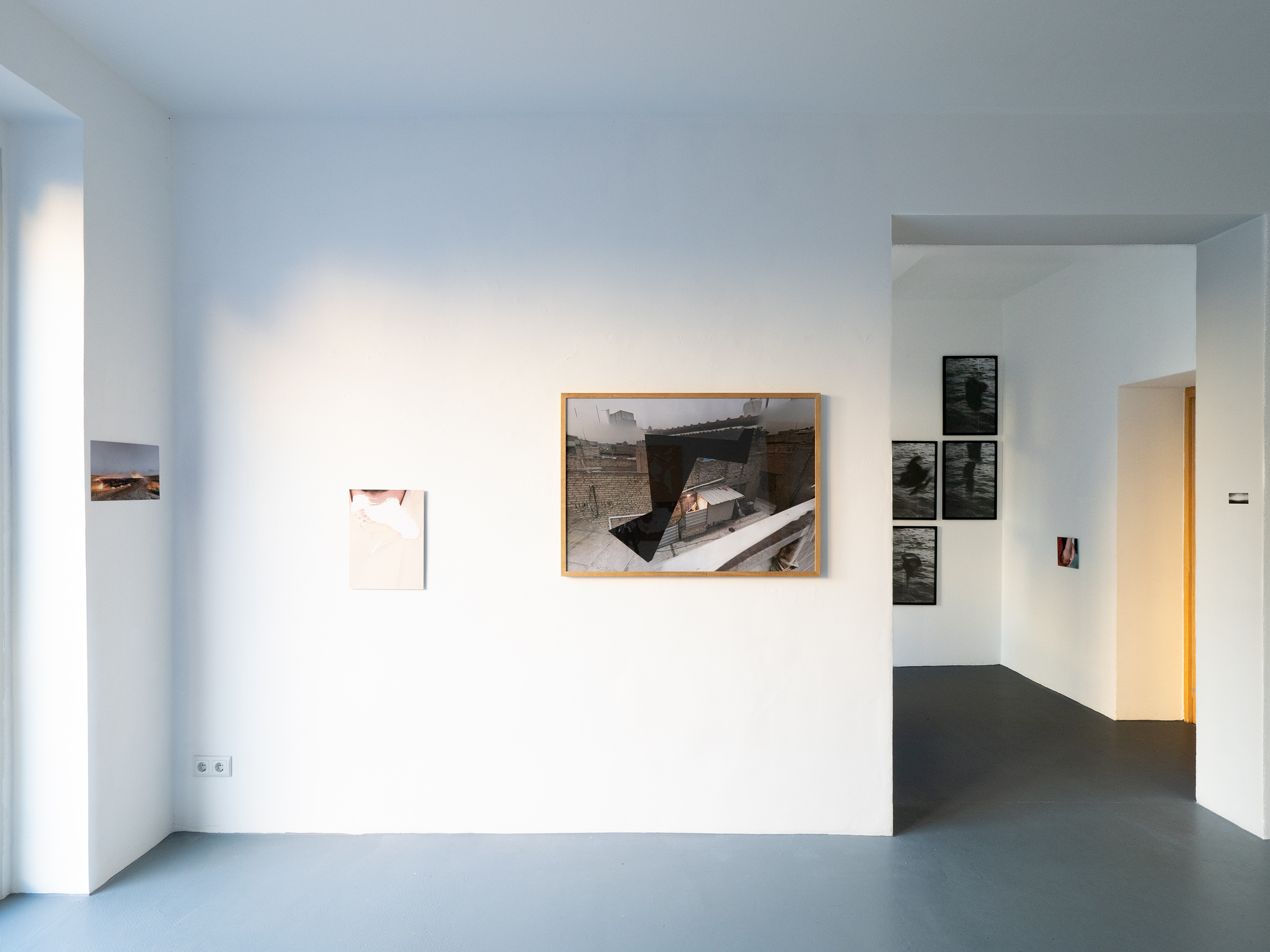

Embers of Narratives, سرديات الجمر
2023-Ongoing
„Exploring the Cycle of Destruction and Transience through Thermographic Art“
Hameed discovered that he could create shapes (images through flames) that looked like traces of fireassociated with places that had experienced war and destruction, places that he often visited as a child. Such as images from his hometown of Mosul. He gets these pictures from Google Street-View images. Through this process of investigation and by creating an abstraction, the function and narrative of the images are being changed. Hameed sees it as a cycle.
Destruction is only one point in the cycle, it has to do with temporality and transience, which are hidden within it.
by useing screenshots from Google images of places he knew from his childhood.
He prints them with a thermal printer and adds fire elements by hand, making many areas of the image invisible and creating a black abstract surface.



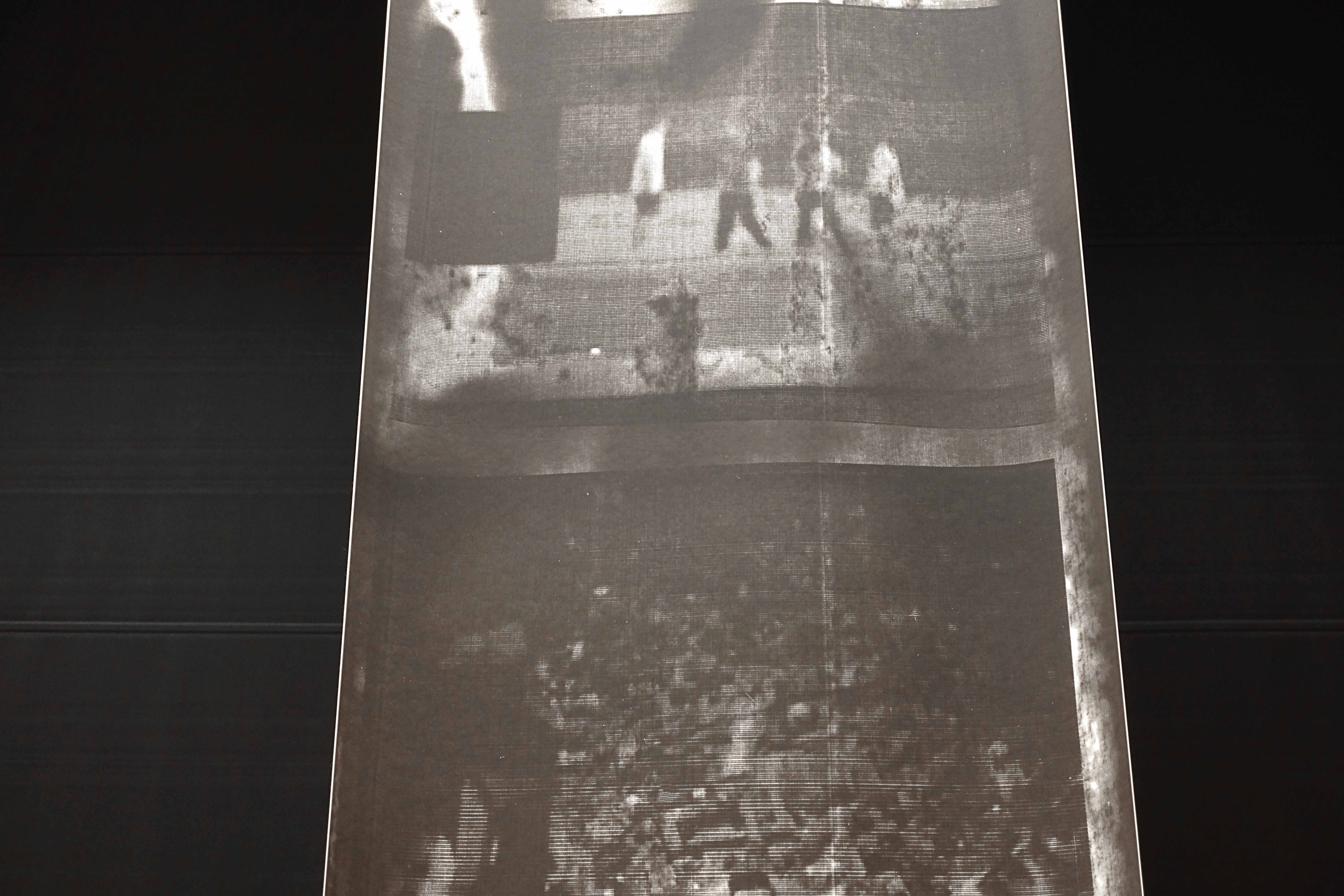
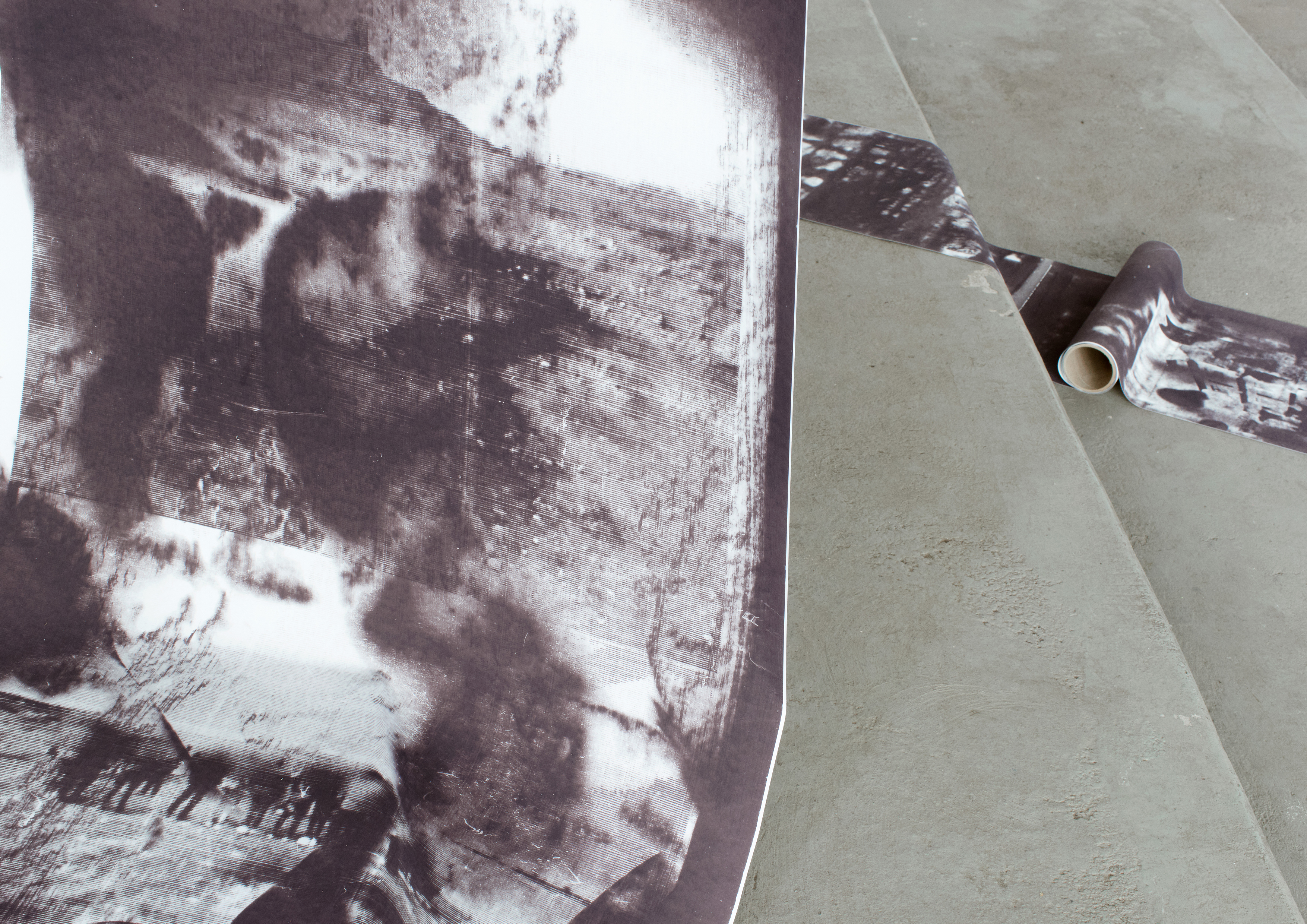











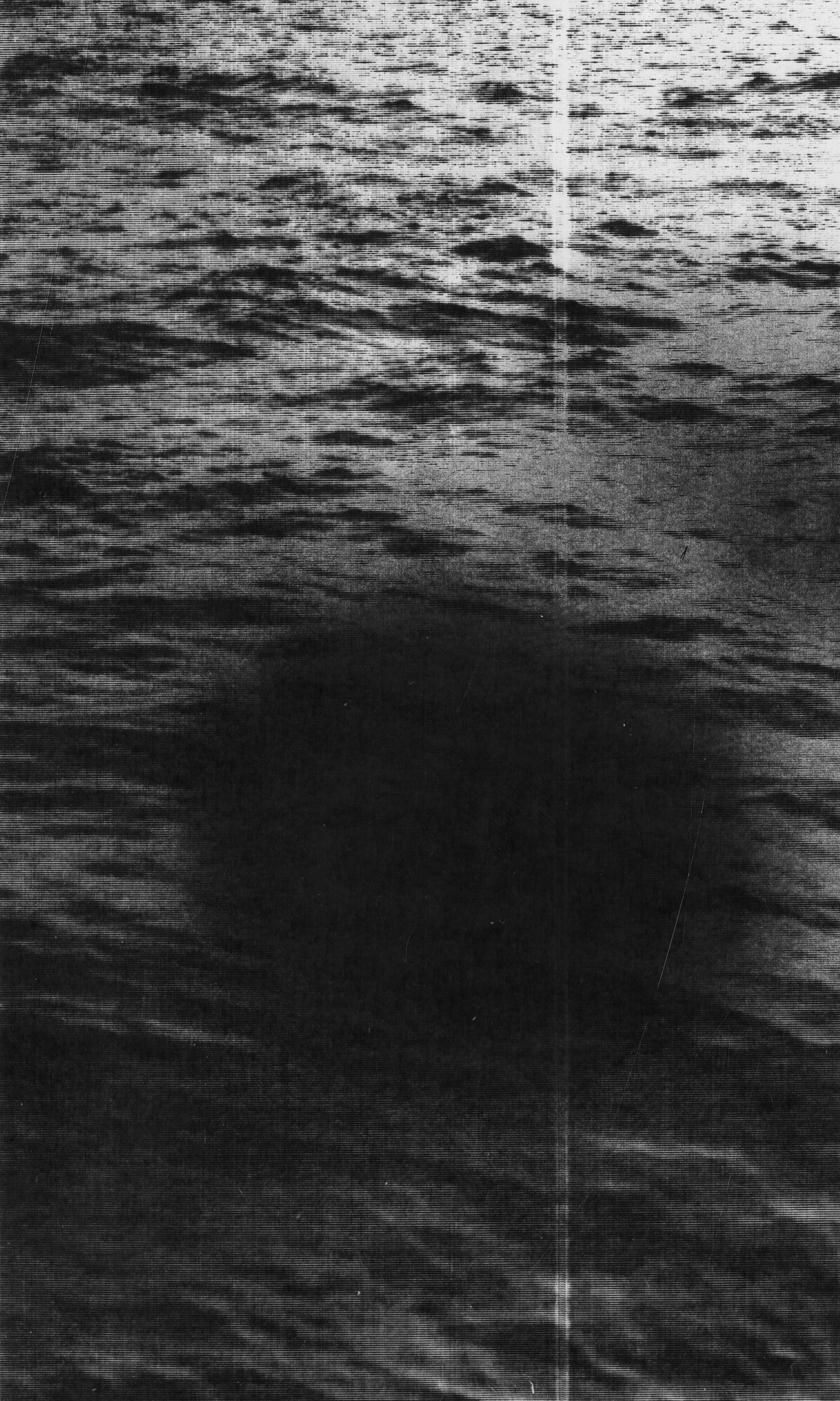











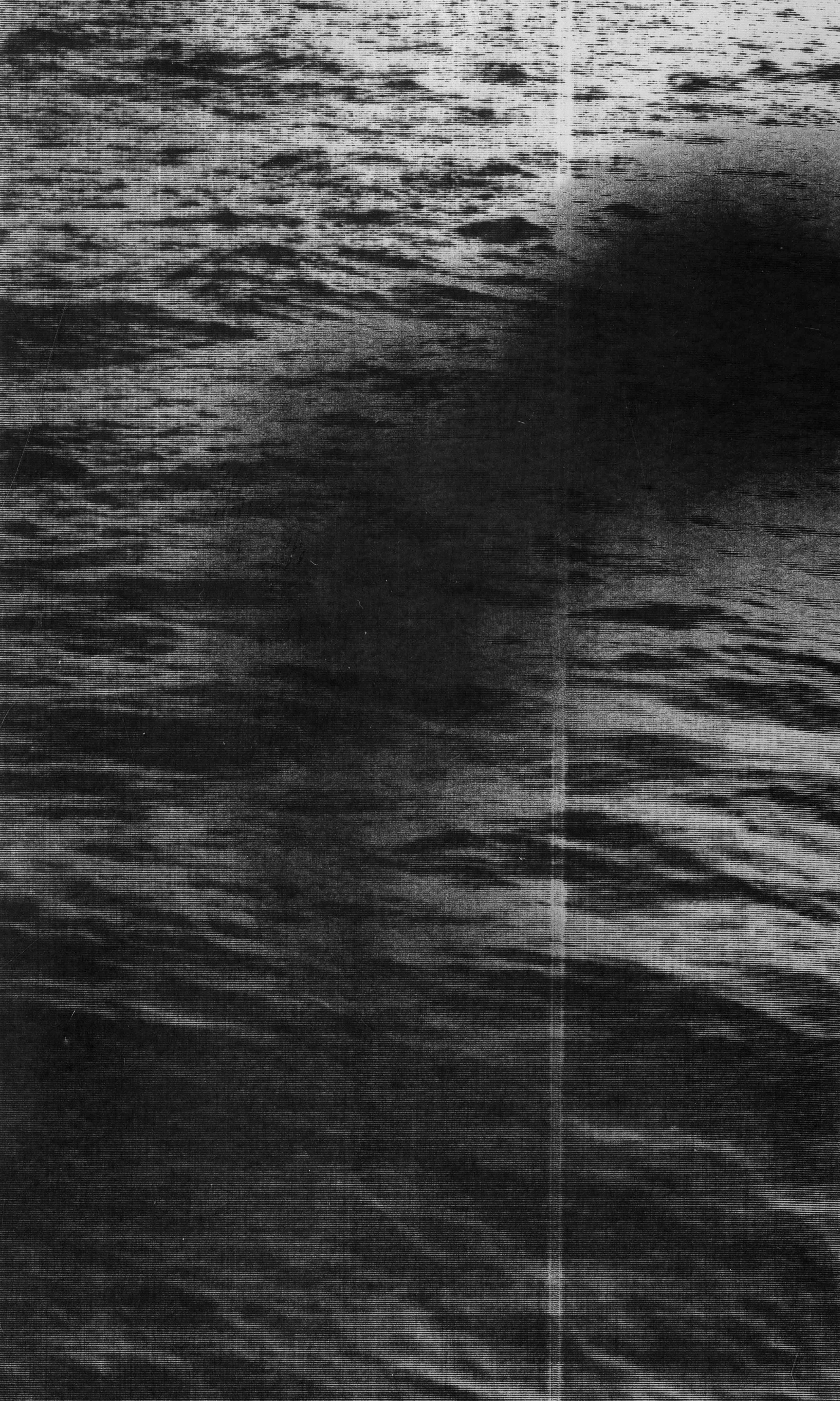




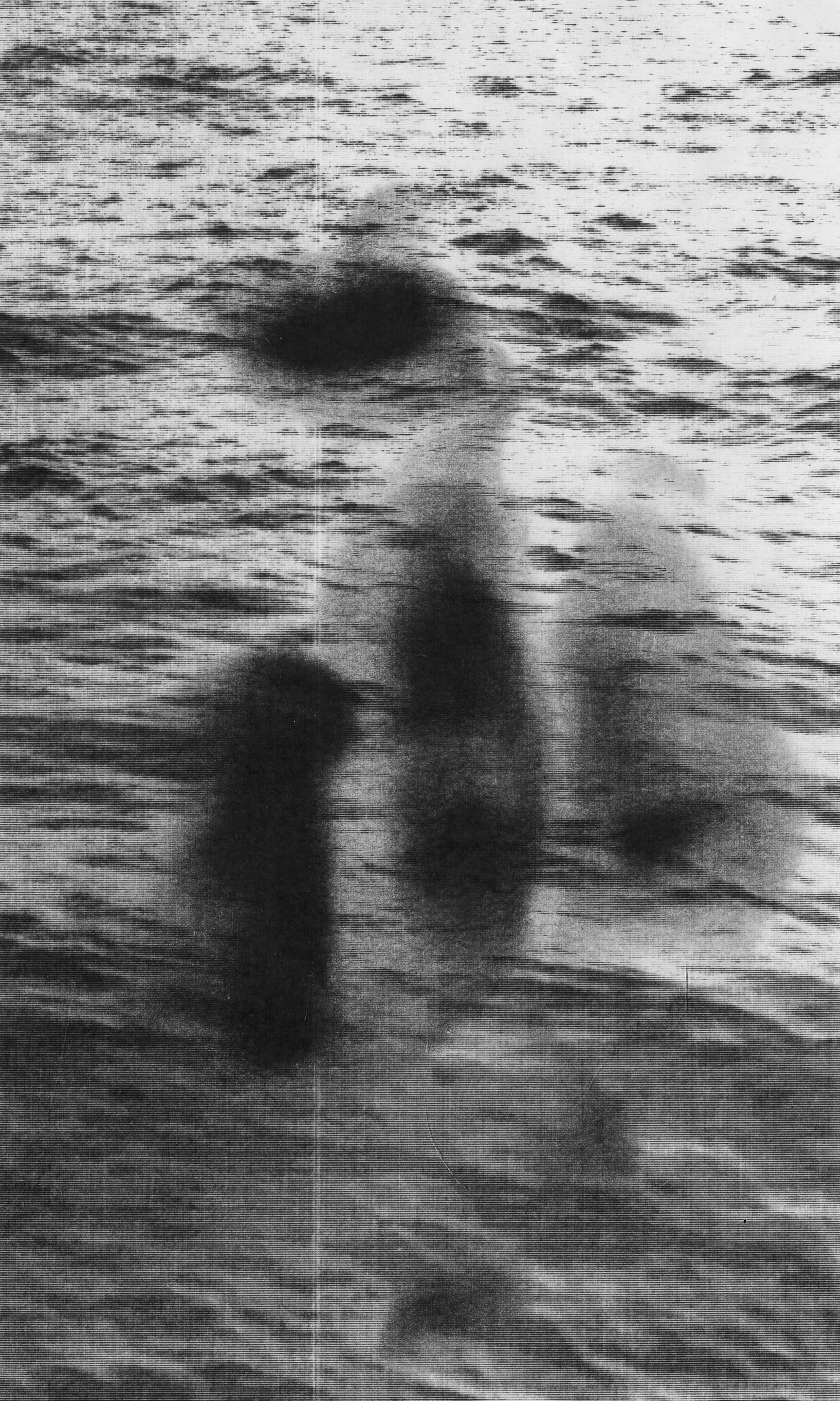


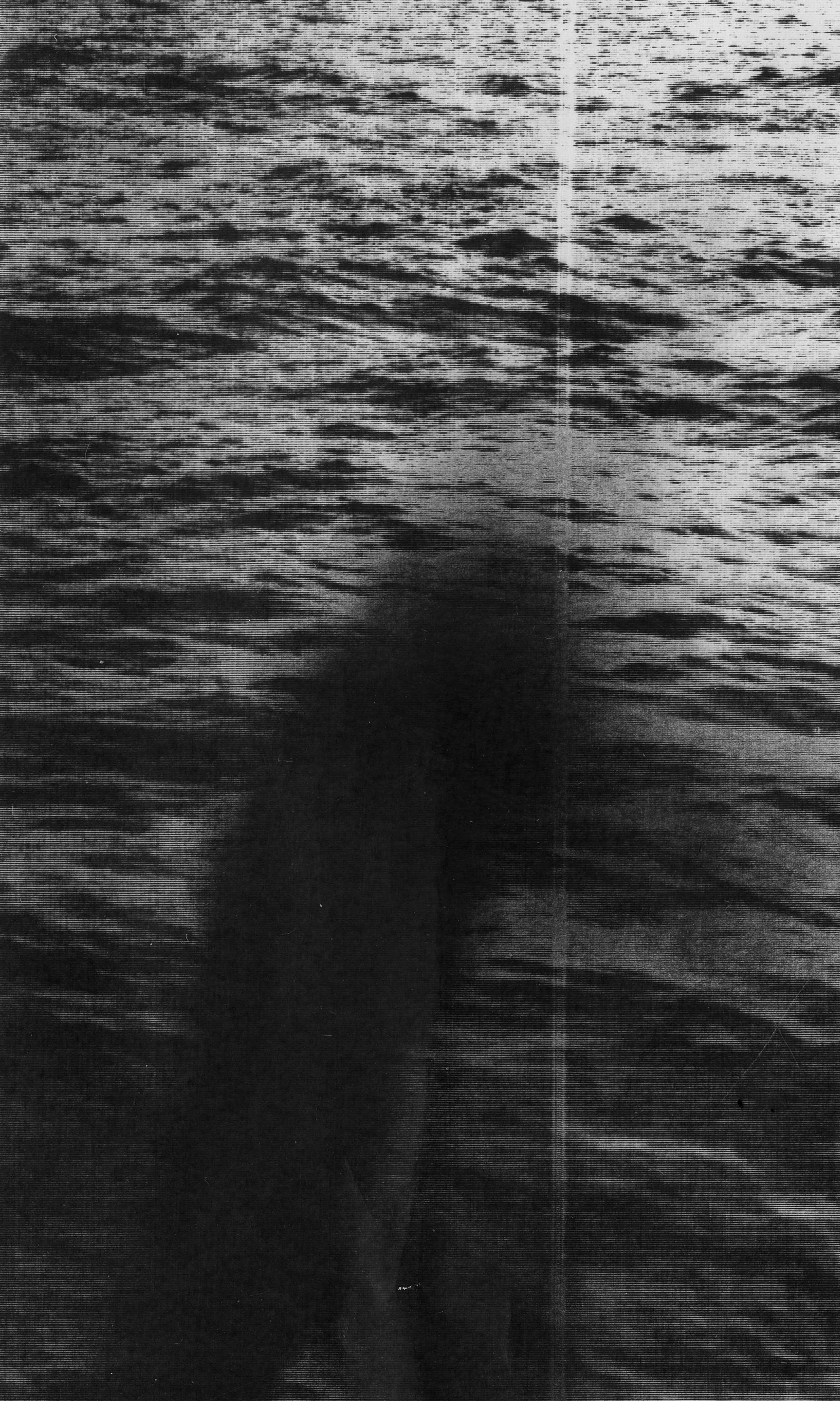







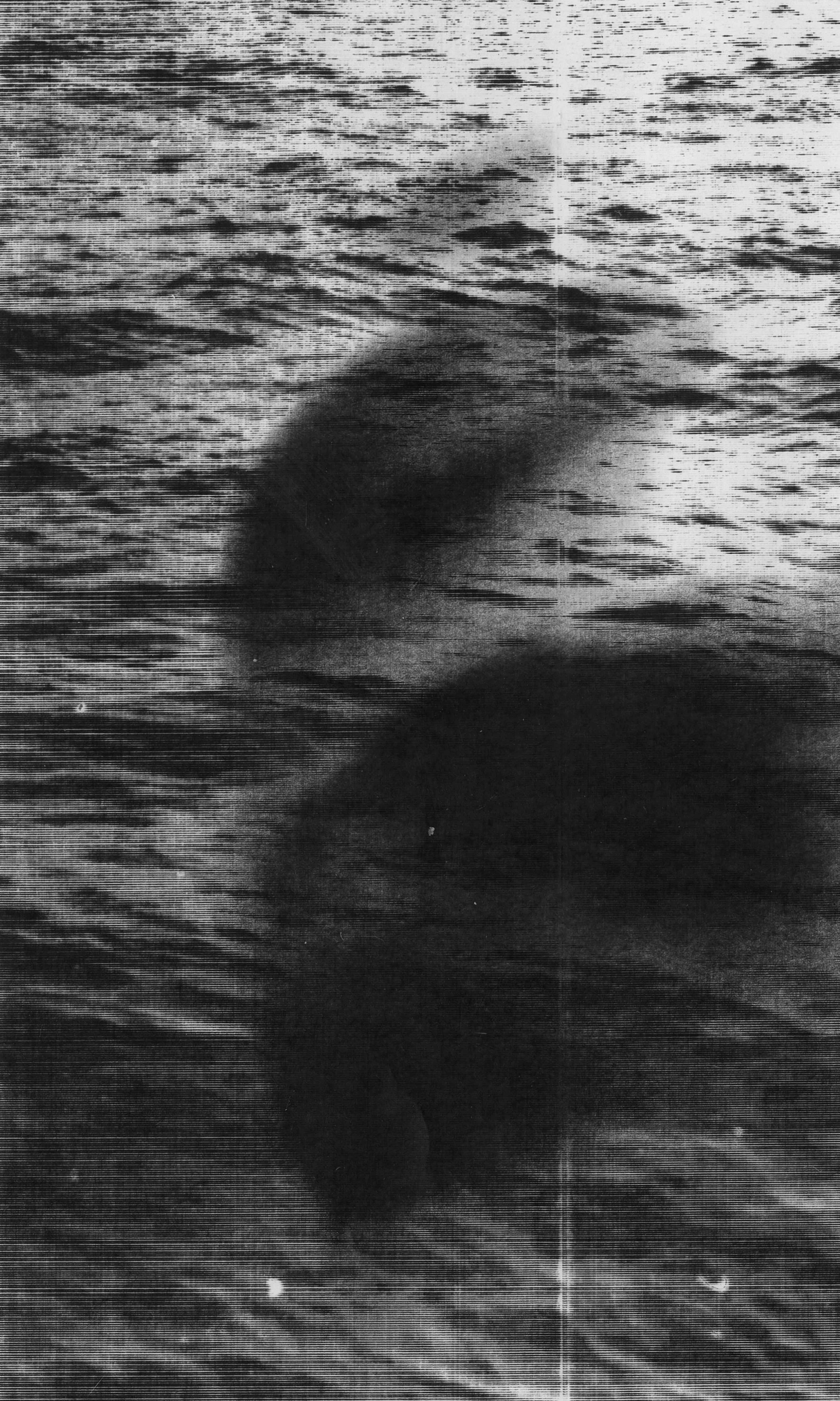



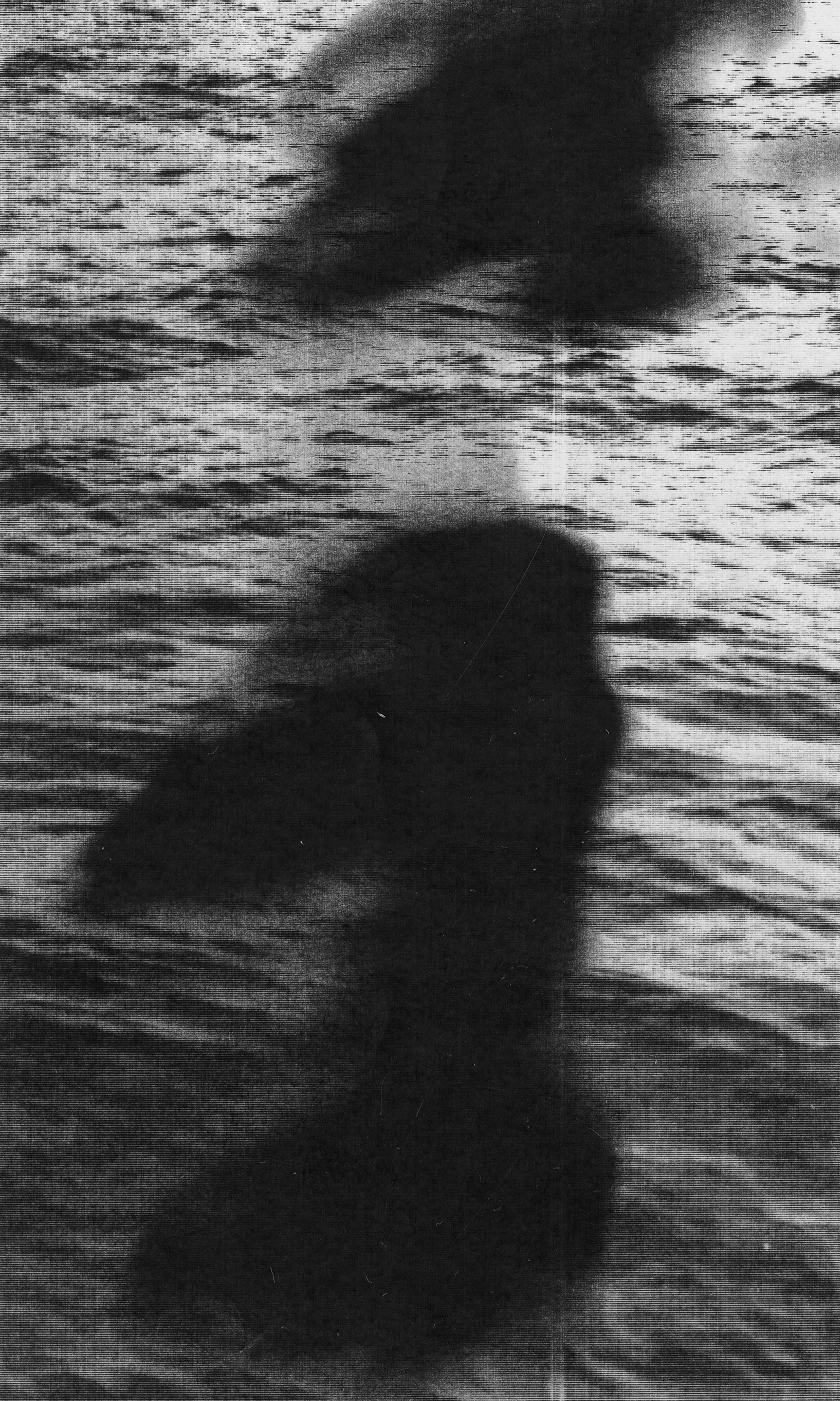
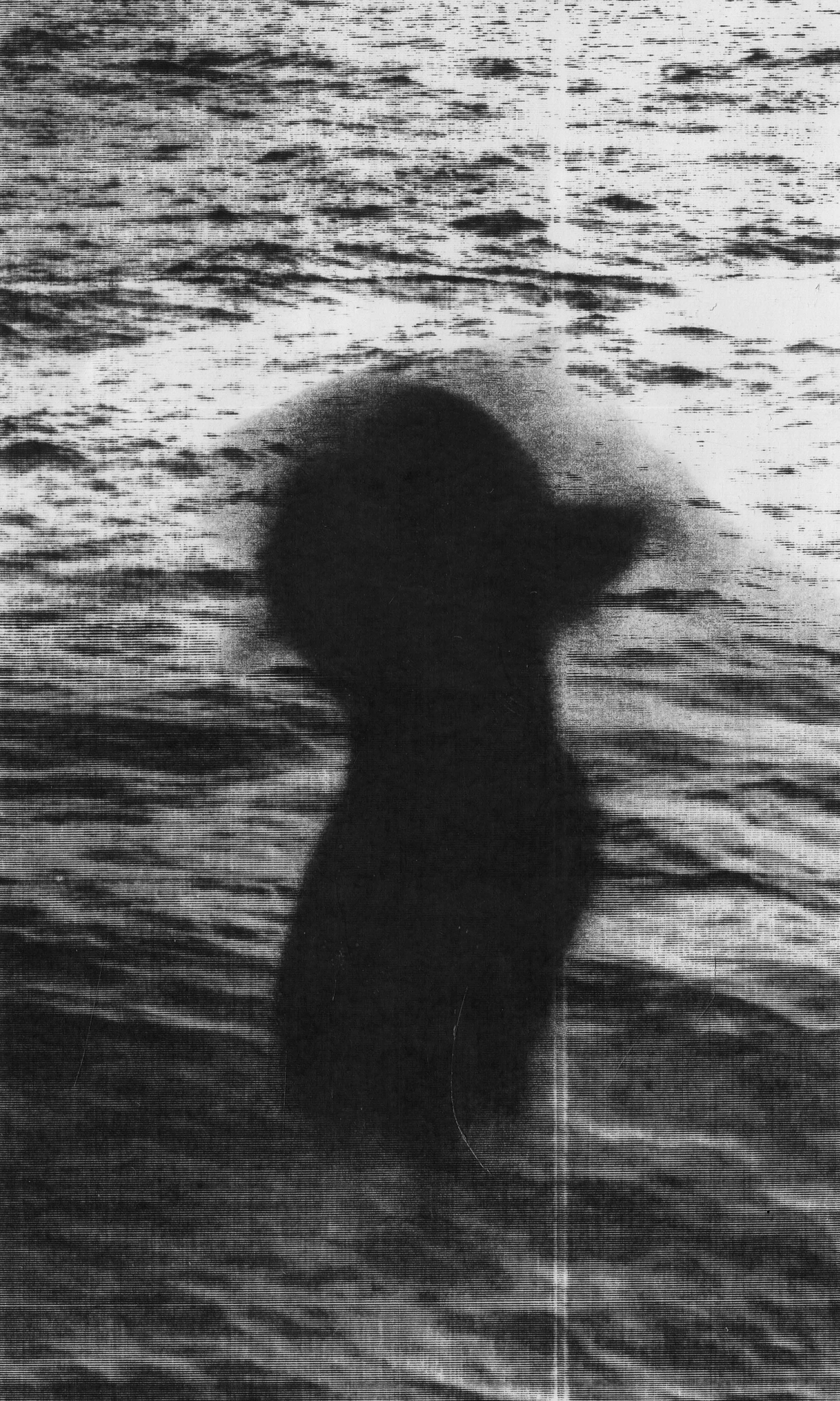

TYPE: Softcover
PUBLICATION YEAR: 2025
EDITION of 20
LANGUAGE: English / Arabic
PUBLISHER: Self-publisher
DIMENSIONS: 28,4 x 17 x 1.5 cm
Text: Hanar Hupka
Graphic Design: Anna Breit
Preis: auf Anfrage/on request
ABOUT
The book project Pixels of Memories بكسلات الذاكرة combines conceptual reflections on memory, destruction and the invisibility of history. The book takes up this visual language and creates a fragment of memories, image errors and gaps. It becomes a space of testimony and reflection in which viewers must decipher the layers of images and their meaning. Hameed has scoured the entire map of Iraq on Google Maps and compiled an archive of hundreds of screen shots. In Iraq, the 360-degree views are not uploaded to the platform by the company itself, but by private individuals. Hameed is particularly interested in the errors and gaps he comes across during his research.
The book project Pixels of Memories بكسلات الذاكرة combines conceptual reflections on memory, destruction and the invisibility of history. The book takes up this visual language and creates a fragment of memories, image errors and gaps. It becomes a space of testimony and reflection in which viewers must decipher the layers of images and their meaning. Hameed has scoured the entire map of Iraq on Google Maps and compiled an archive of hundreds of screen shots. In Iraq, the 360-degree views are not uploaded to the platform by the company itself, but by private individuals. Hameed is particularly interested in the errors and gaps he comes across during his research.
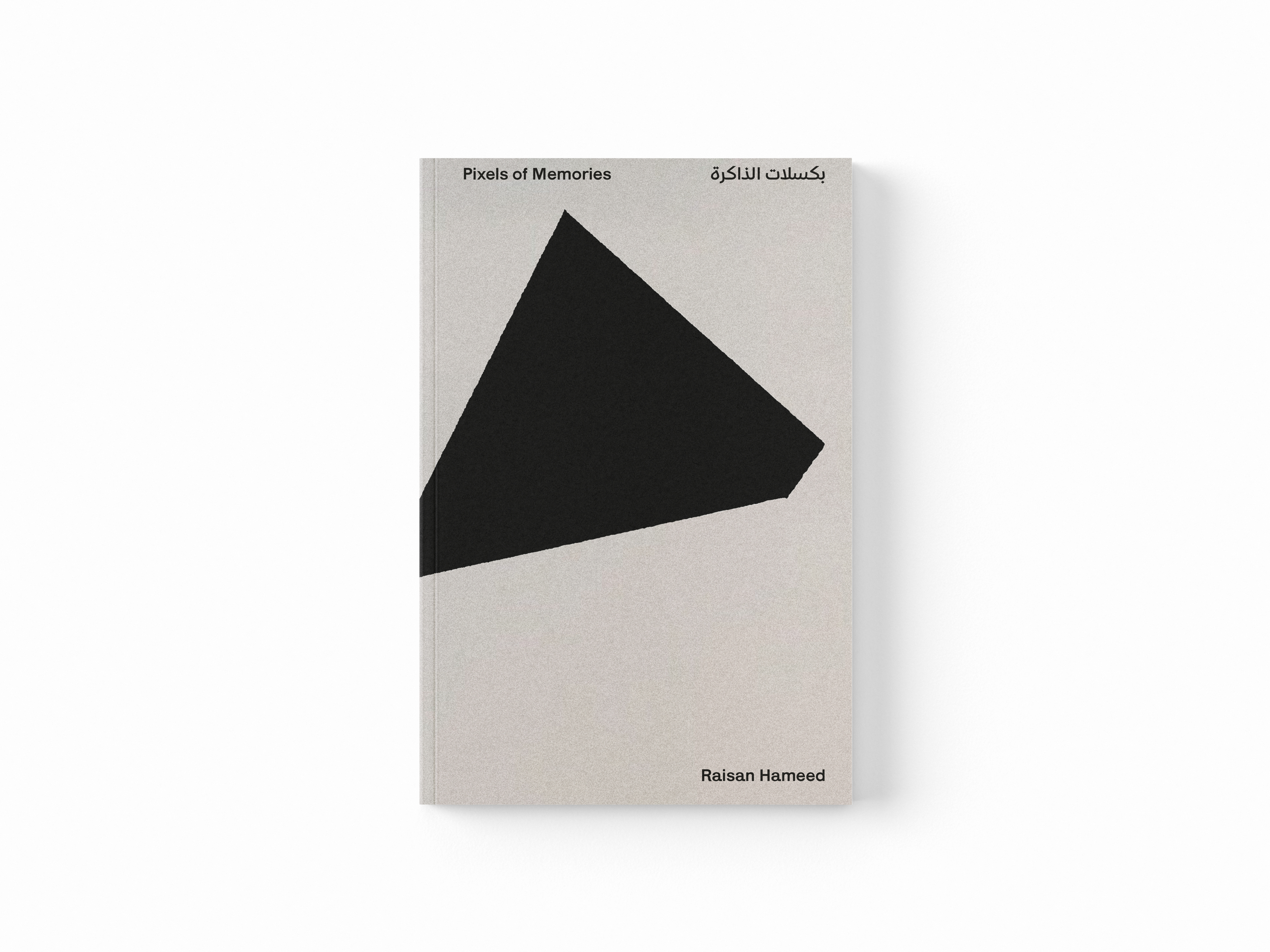
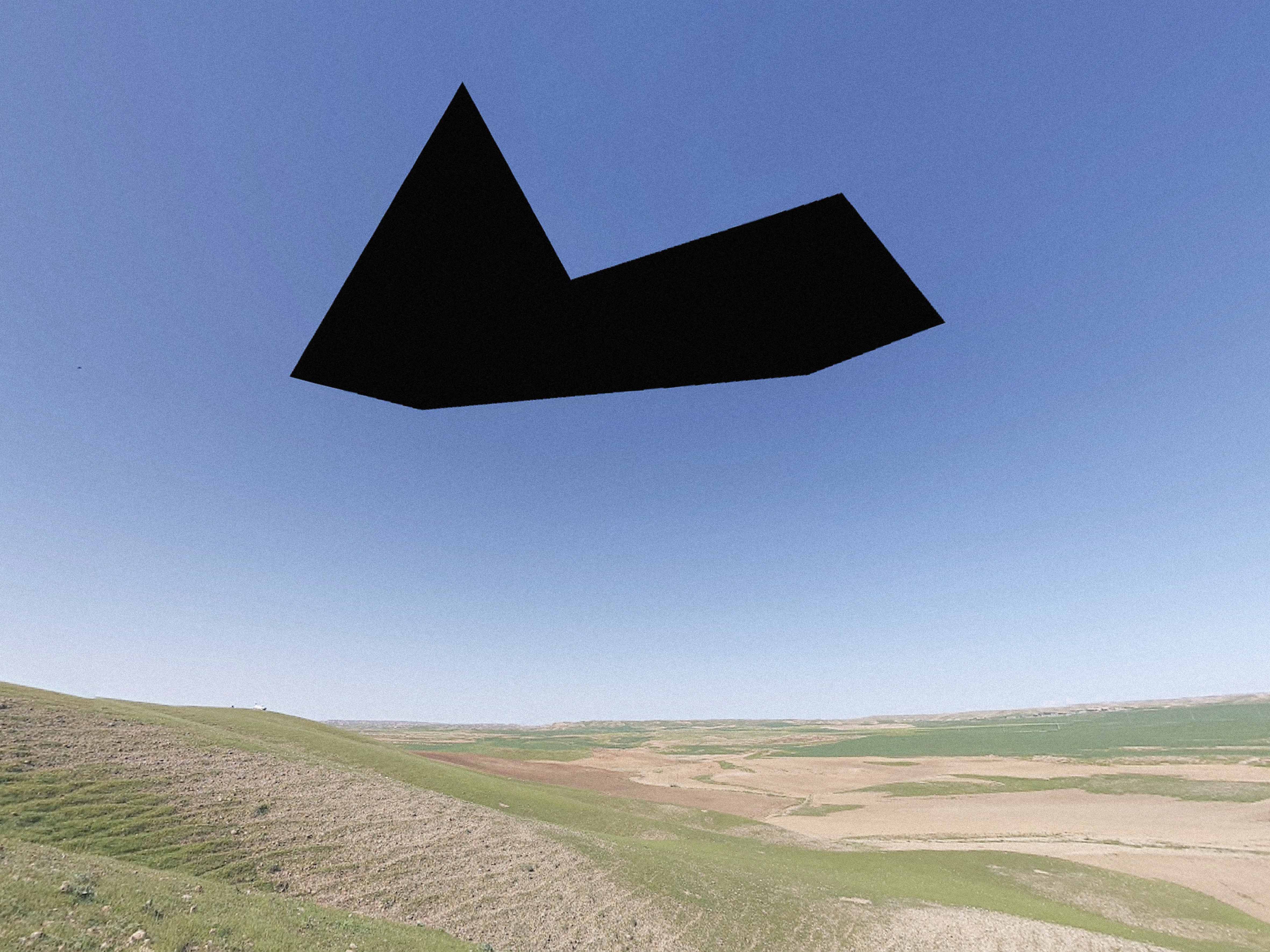
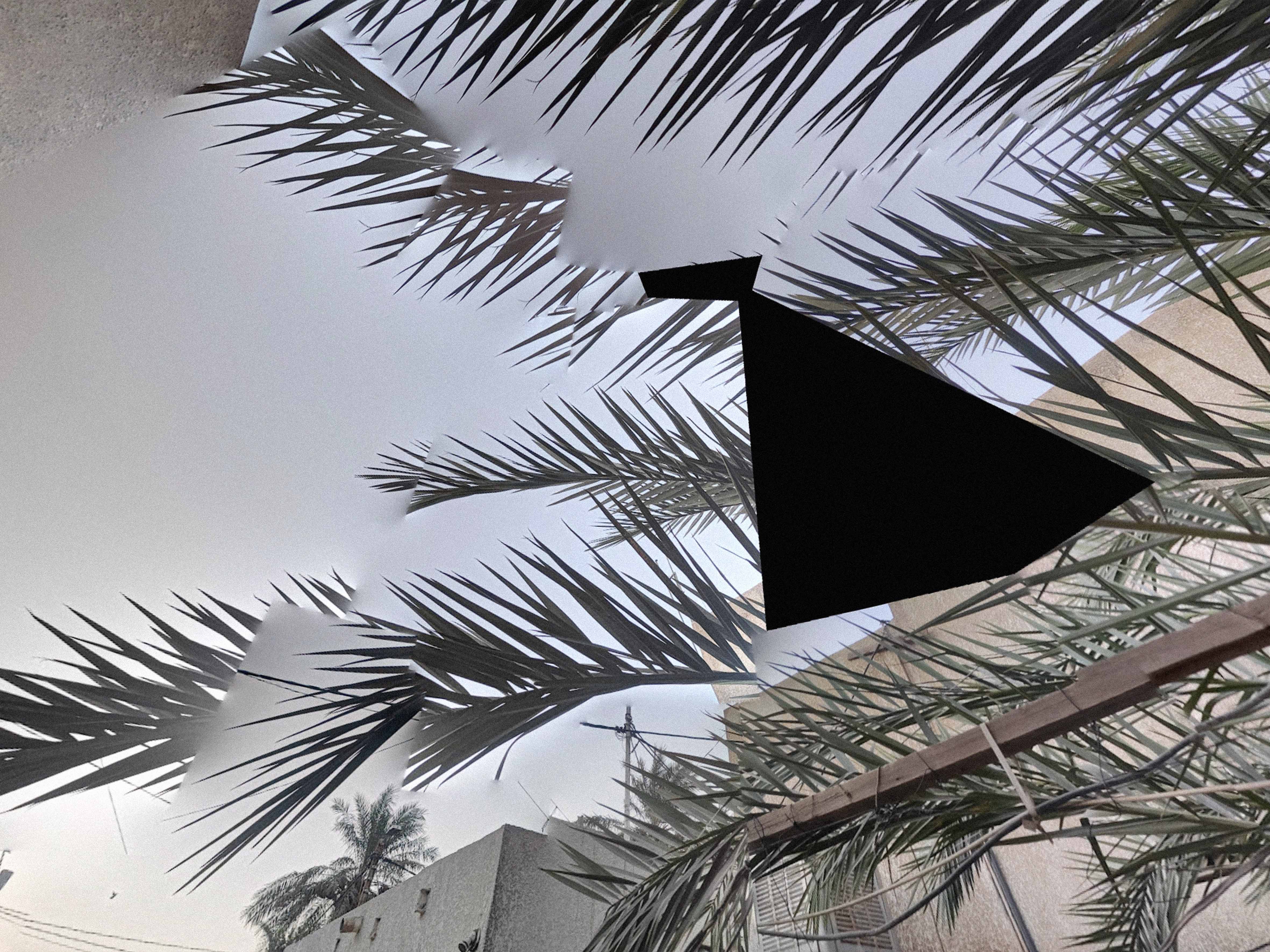

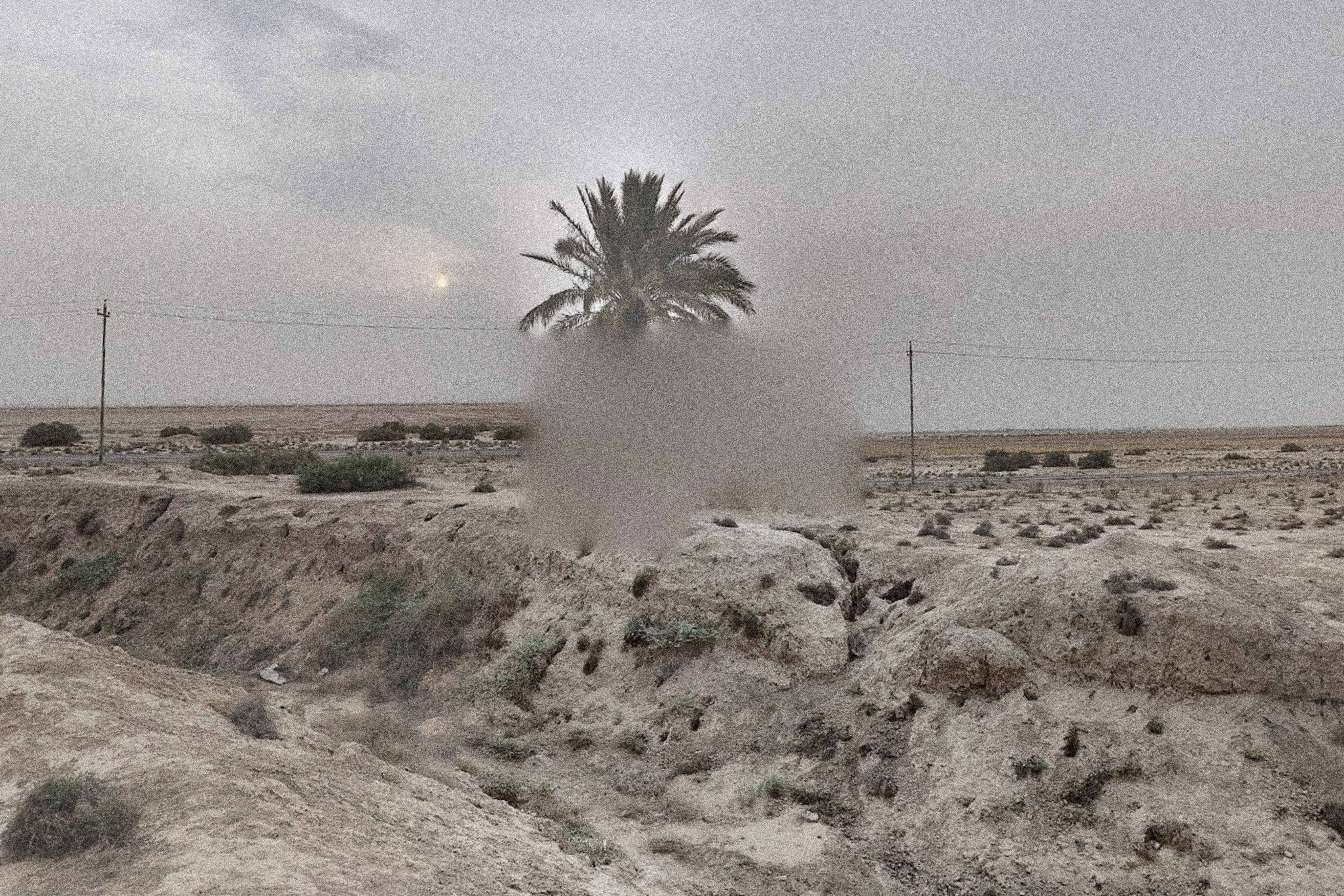
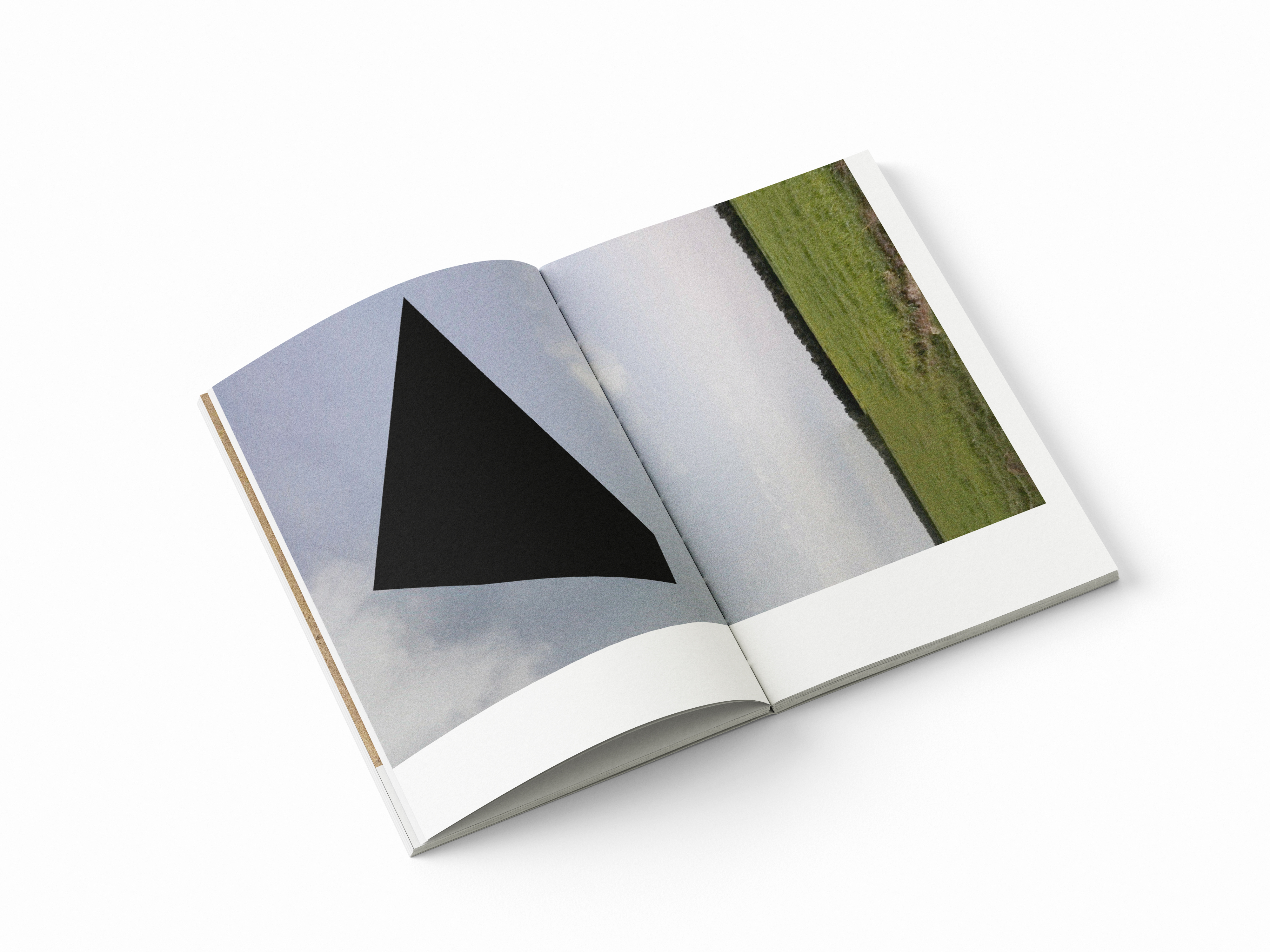


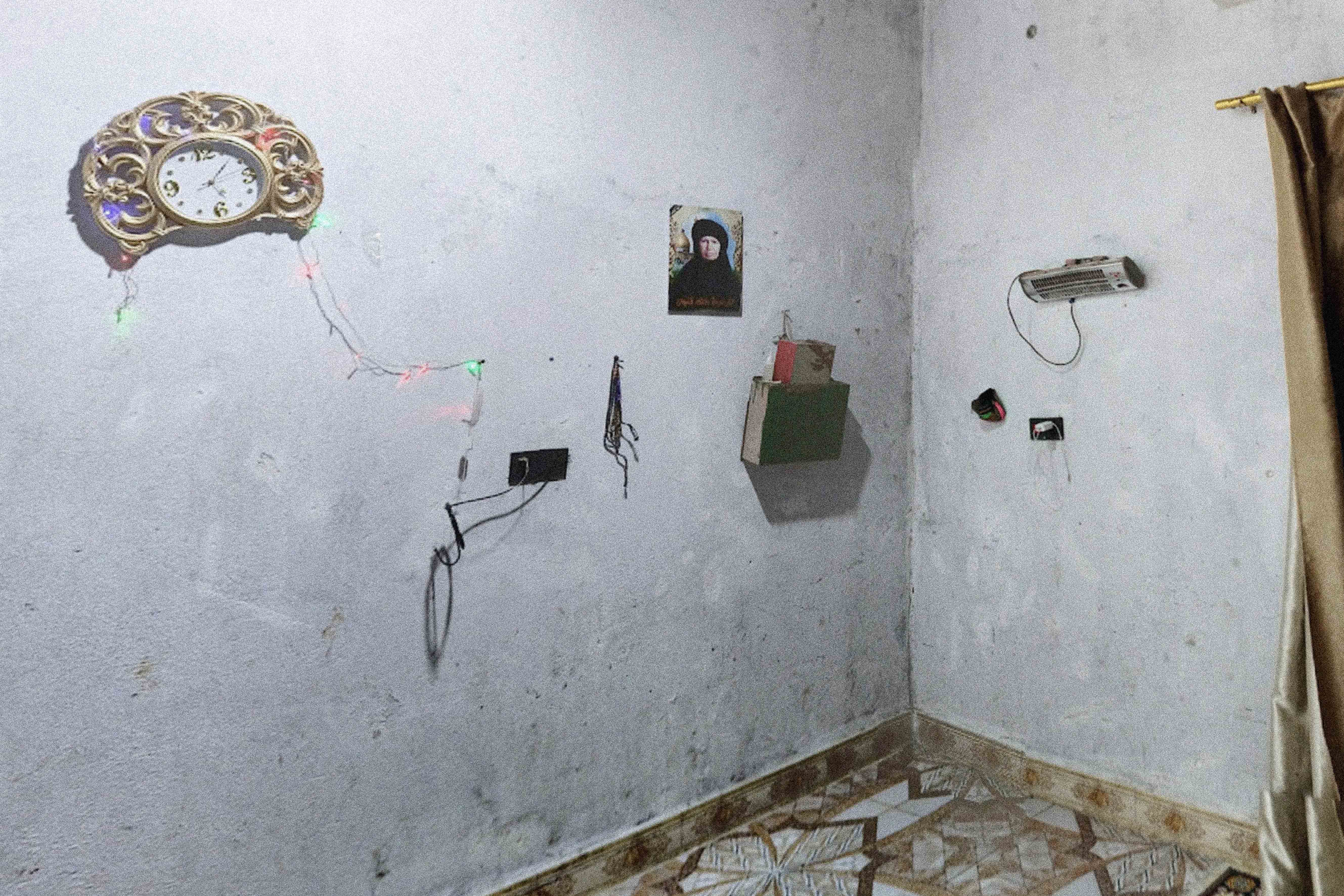


BROKEN PATHS
16.09.23–08.10.23 - Solo exhibition at die PutteThe exhibition BROKEN PATHS brings together four works by Raisan Hameed in which he shows fragments of his own history and thus opens up a view of complex geopolitical contexts.
The photographic series Risse shows torn pieces of wallpaper, small cracks in walls and stones. The pictures were taken in his family home in Mosul and poetically describe the beginning of a drastic change and destruction. The photographs were shown for the first time as part of his diploma thesis Zer-Störung at the Academy of Visual Arts Leipzig. At PUTTE, they enter into an exchange with a later work Das Leiter, which deals with the still acute and sometimes deadly situation at the European border. People use ladders to try to climb over the border fence to Hungary. A loudspeaker announces in Arabic that anyone who crosses the fence without permission may be shot. The installation Déja vu shows an image of foaming water. Raisan Hameed took the photo in Bremen. In the installation, the water literally sloshes towards the visitors. For Hameed, the image represents his personal experience of flight, but as part of the artistic work it can be read from many perspectives. The artist developed a fourth work especially for the exhibition and installed it in front of the PUTTE.
All four works interlock and provide selective insights into current issues. The focus is less on the artist's personal history and more on the discussion about our present, which is changing rapidly due to political crises and is undergoing a noticeable transformation.
Curation: Elisabeth Würzl & Michael Schlecht
The photographic series Risse shows torn pieces of wallpaper, small cracks in walls and stones. The pictures were taken in his family home in Mosul and poetically describe the beginning of a drastic change and destruction. The photographs were shown for the first time as part of his diploma thesis Zer-Störung at the Academy of Visual Arts Leipzig. At PUTTE, they enter into an exchange with a later work Das Leiter, which deals with the still acute and sometimes deadly situation at the European border. People use ladders to try to climb over the border fence to Hungary. A loudspeaker announces in Arabic that anyone who crosses the fence without permission may be shot. The installation Déja vu shows an image of foaming water. Raisan Hameed took the photo in Bremen. In the installation, the water literally sloshes towards the visitors. For Hameed, the image represents his personal experience of flight, but as part of the artistic work it can be read from many perspectives. The artist developed a fourth work especially for the exhibition and installed it in front of the PUTTE.
All four works interlock and provide selective insights into current issues. The focus is less on the artist's personal history and more on the discussion about our present, which is changing rapidly due to political crises and is undergoing a noticeable transformation.
Curation: Elisabeth Würzl & Michael Schlecht



„Ich erwartete, dass das Meer Gedichte, Geheimnisse und Briefe in Flaschenpost an unbekannte Adressen tragen würde. Ich fand es nass von den Tränen der Reisenden...“
![]()

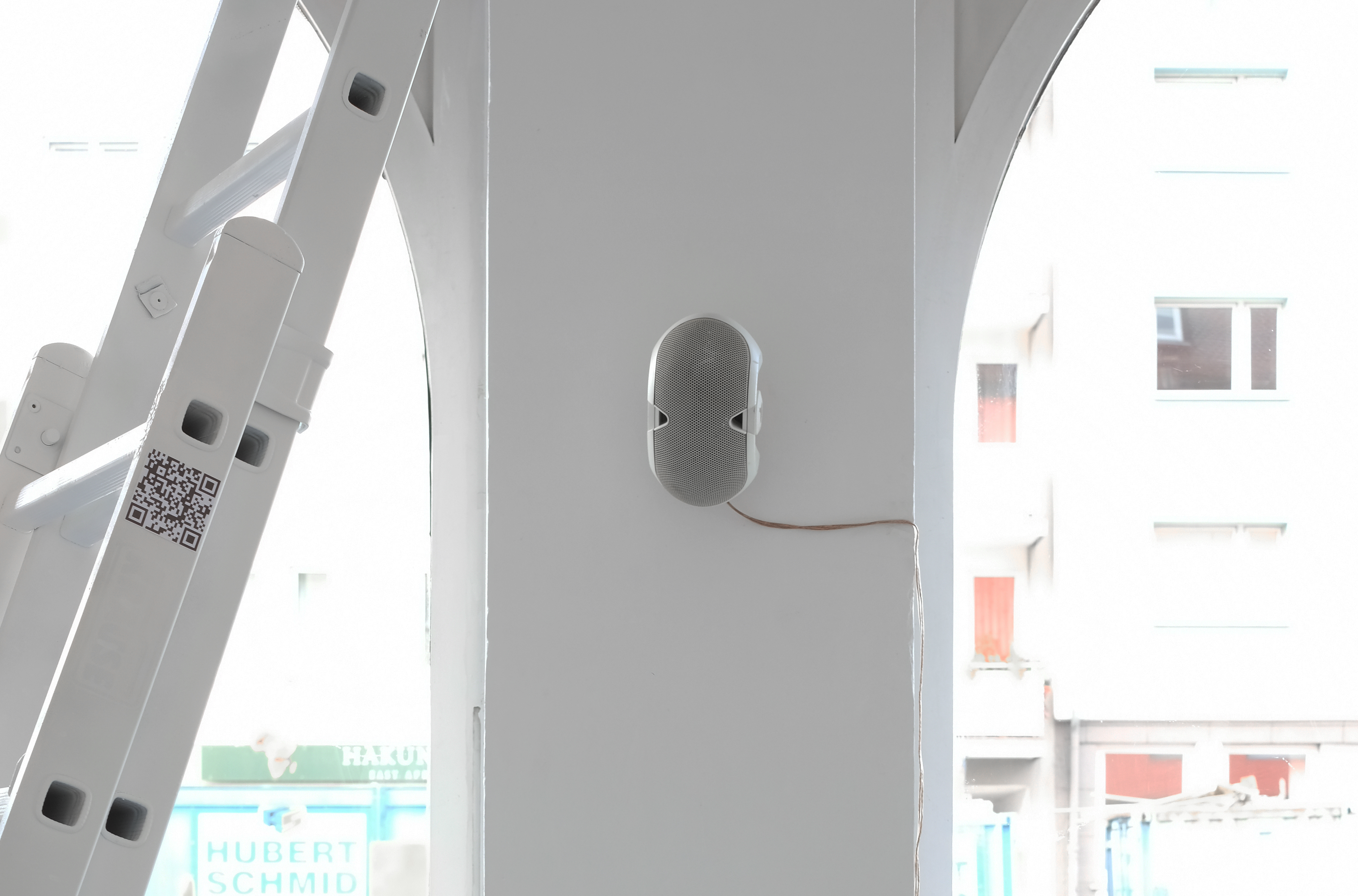

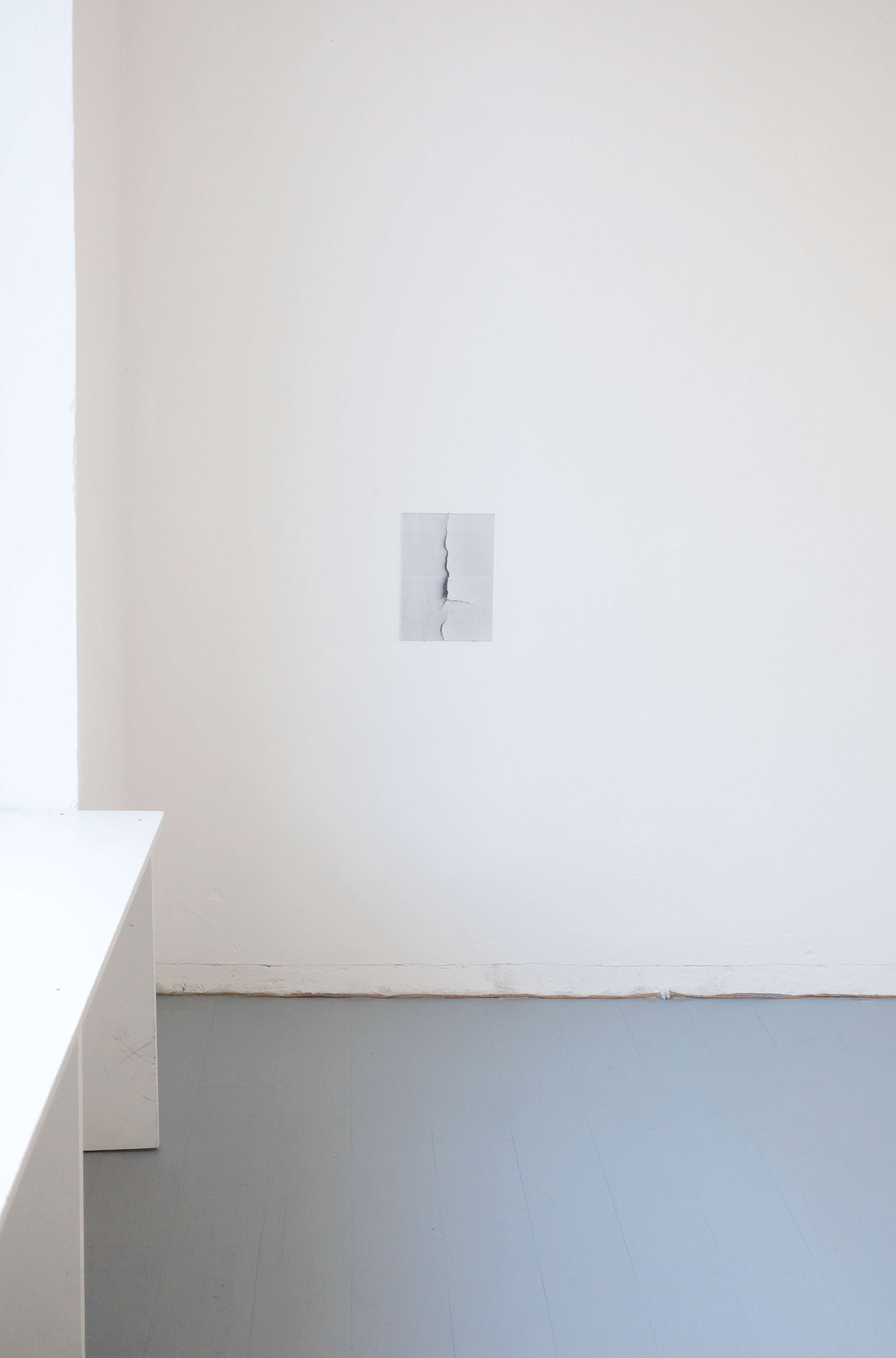
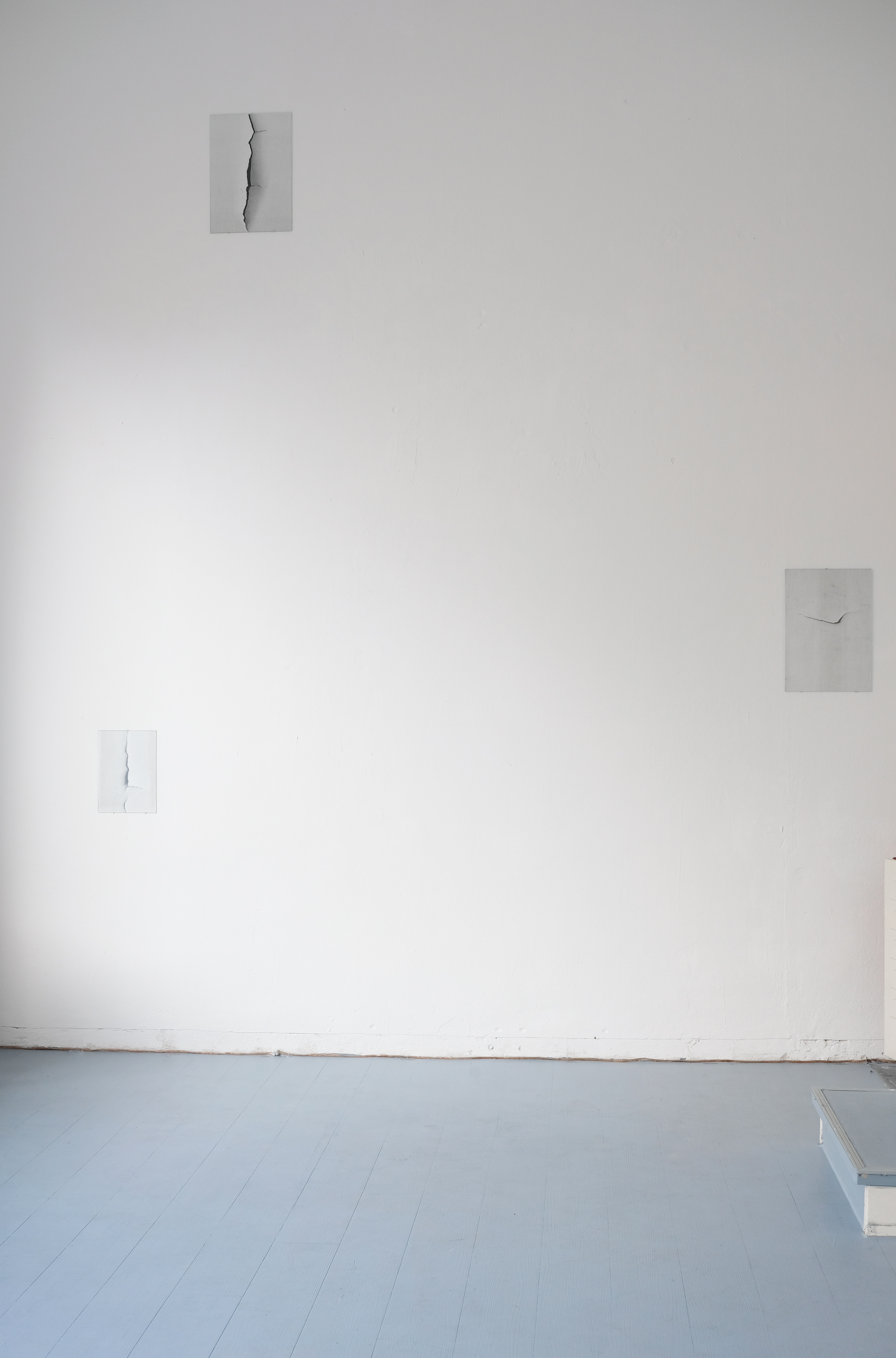
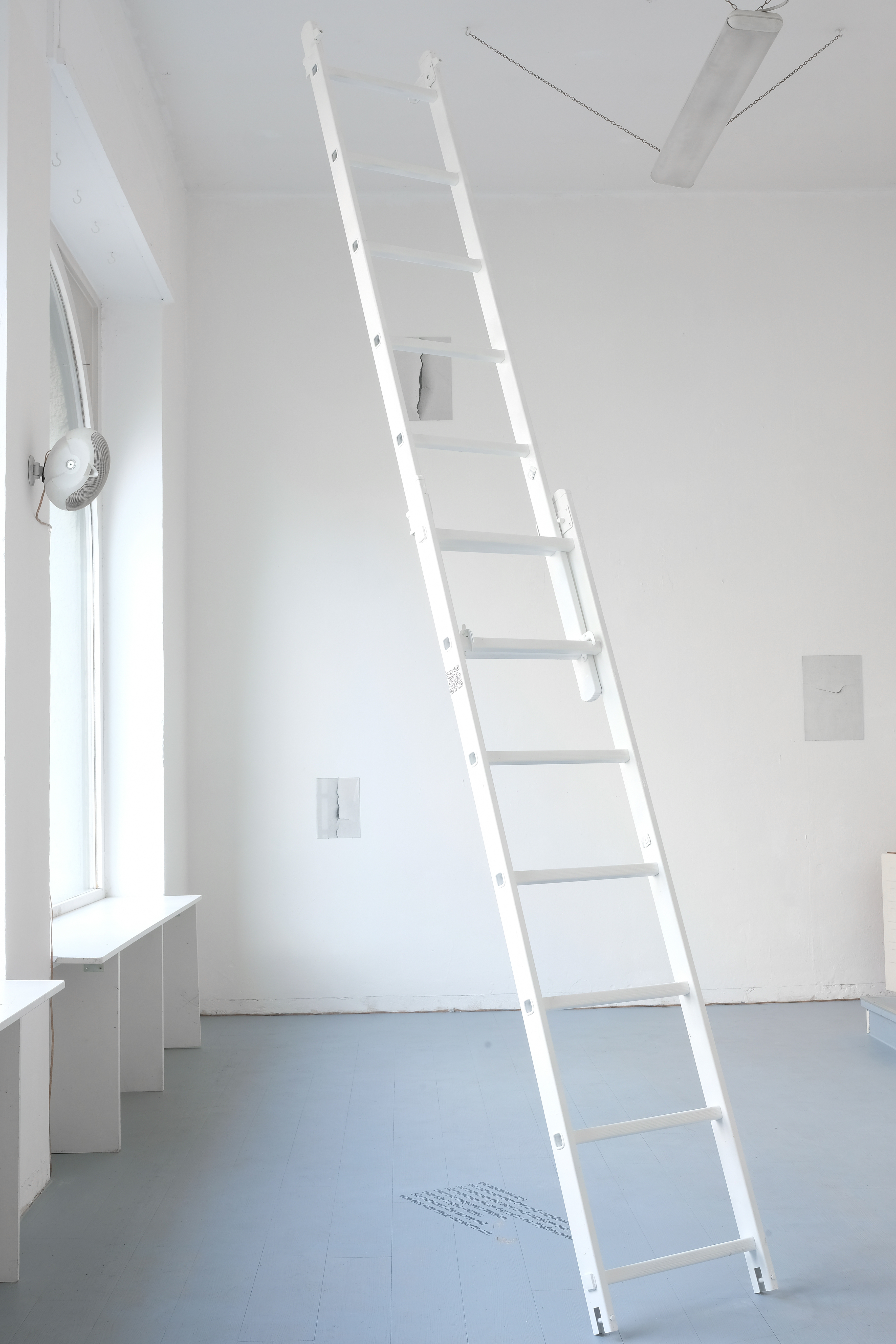
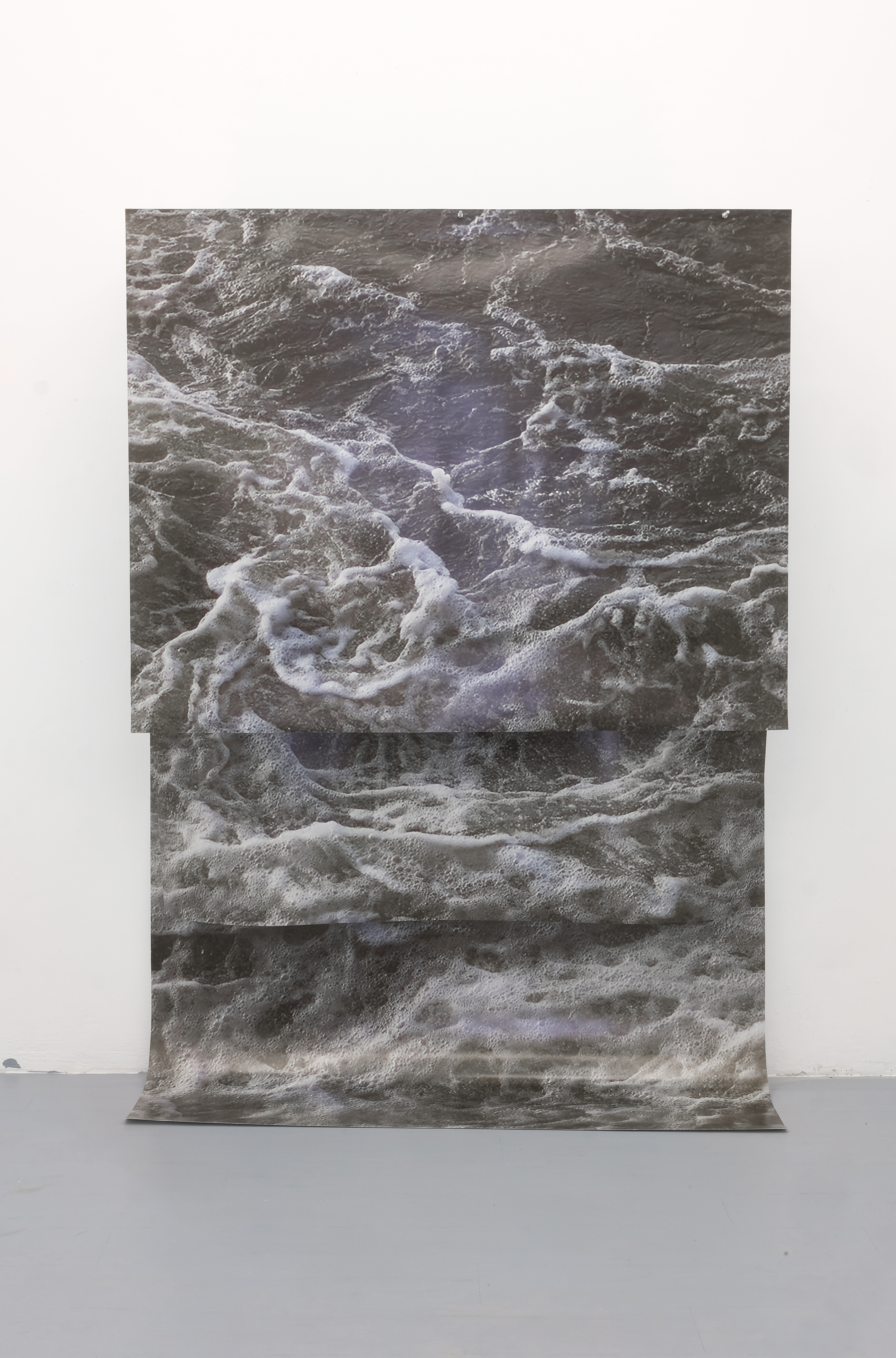

Die Fahne, 2023-2025
Screen printing on rescue blanket
Flags, 80 x 110 cm


“I expected the sea to carry poems, secrets and letters in bottles to unknown addresses.
I found it wet with the tears of passengers...”
![]()
![]()
I found it wet with the tears of passengers...”


 Exhibition View, Expedition Weltmeere, Bundeskunsthalle, Bonn 2025 © Martin H.
Exhibition View, Expedition Weltmeere, Bundeskunsthalle, Bonn 2025 © Martin H. 
